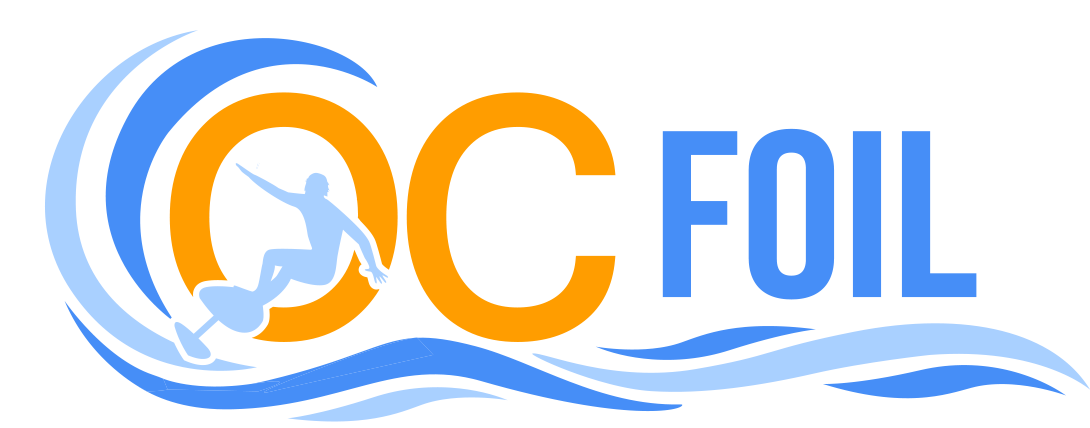Flite Jet C vs. Prop C: Which eFoil System is Right for You?
Fliteboard has long been a leader in the eFoil industry, pushing innovation with every new release. With the introduction of the Jet C eFoil system, riders now have a second propulsion option to consider alongside the traditional Prop C setup. Both systems offer unique advantages, but they cater to different types of riders and preferences. In this article, we’ll break down the differences, pros, and cons of each system to help you determine which is best suited for your riding style.
How They Work: The Key Differences
Prop C: The Classic Propeller-Driven System
The Prop C system utilizes a traditional propeller, which has been the standard for eFoils and other personal watercraft for years. This system generates thrust by spinning a propeller, pushing water backward and propelling the board forward.
Jet C: The New Jet Propulsion System
The Jet C replaces the propeller with an enclosed jet drive, similar to what you’d find in jet skis or high-performance boats. Instead of a propeller, it uses an impeller inside a ducted housing to accelerate water and create thrust. This results in a completely different riding experience with unique advantages.
Performance Comparison
Speed & Efficiency
Prop C Generally more efficient at lower speeds, offering better energy conversion per watt. This means longer ride times per charge, making it ideal for extended sessions.
Jet C slightly less efficient at lower speeds but excels in high-speed performance. While the difference may not be dramatic, riders looking for maximum efficiency may prefer the prop system.
Ride Feel & Stability
Prop C Delivers a more traditional and responsive ride, with instant throttle feedback and powerful acceleration.
Jet C Provides a smoother, more controlled experience. The jet system eliminates propeller drag, allowing for a more stable ride, especially during turns and transitions.
Safety & Maintenance
Prop C While Flite’s shroud and prop guard offer good safety measures, there is still exposed hardware, which means riders need to exercise caution, especially in shallow waters or when handling the eFoil.
Jet C Fully enclosed propulsion means there are no exposed blades, making it inherently safer. This is a major advantage for beginners, families, and those who prioritize safety.
Maintenance The Jet C has fewer moving parts and is less prone to debris entanglement, making it lower maintenance than the Prop C, which may occasionally require cleaning and inspection of the propeller and gearbox.
Noise Levels
Prop C Produces a distinct, slightly higher-pitched hum due to the spinning propeller.
Jet C Noticeably quieter, offering a more serene and natural riding experience.
Wave Riding & Freestyle
Prop C More effective for high-performance riders looking for direct power, making it a great choice for wave riding, aggressive carving, and jumping.
Jet C Smooth and controlled, better suited for those who prioritize a relaxed cruising experience over aggressive maneuvers.
Which One Should You Choose?
Choose Prop C If You Want:
✔ Maximum efficiency for longer rides.
✔ Quick acceleration and a responsive feel.
✔ A proven, high-performance propulsion system.
✔ Better power for wave riding and freestyle tricks.
Choose Jet C If You Want
✔ A safer and more family-friendly propulsion system.
✔ A quieter and smoother ride.
✔ Lower maintenance with fewer moving parts.
✔ Improved stability and seamless power delivery.
Final Thoughts
Both the Prop C and Jet C systems from Flite have their advantages, and the right choice depends on your riding style and priorities. If you’re looking for maximum efficiency, quick acceleration, and high performance, the Prop C is the way to go. On the other hand, if you value safety, quiet operation, and minimal maintenance, the Jet C is a game-changer.
Whichever system you choose, Fliteboard continues to lead the way in eFoil innovation, ensuring an incredible ride no matter what. Have you had the chance to try both? Let us know your thoughts in the comments!

